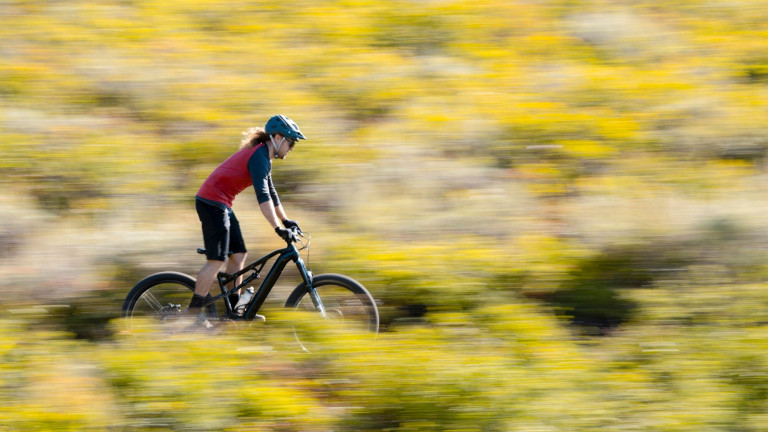
Aerodynamic Marvels: Designing for Speed
- By John Walker | Jan 24, 2024
Crafting Speed: The Aerodynamics of Sport Bikes Unveiled
Sport bikes, the epitome of speed and agility on the road, are a result of meticulous design and engineering, with aerodynamics playing a pivotal role in their performance. From wind tunnel testing to sleek design elements, explore the cutting-edge world of aerodynamics that propels these machines to achieve unparalleled speeds.
Aerodynamic Principles: At the core of sport bike design is the application of aerodynamic principles. The goal is to minimize air resistance, known as drag, and enhance stability at high speeds. Engineers focus on streamlining the bike's shape to reduce frontal area and employ features that manipulate airflow to their advantage.
Wind Tunnel Testing: Before a sport bike hits the open road, it undergoes rigorous testing in wind tunnels. These controlled environments allow engineers to analyze the bike's aerodynamic performance under different wind conditions. Through simulations, adjustments can be made to enhance efficiency and reduce drag.
Sleek Body Design: The streamlined appearance of sport bikes is not just for aesthetics; it's a result of careful consideration of aerodynamic efficiency. The front fairing, often characterized by a pointed nose, is designed to cut through the air with minimal resistance. Sharp angles and curves are strategically placed to direct airflow away from the rider.
Windshields and Fairings: The windscreen on a sport bike serves a dual purpose – it protects the rider from windblast and contributes to aerodynamics. Adjustable windshields allow riders to customize their riding experience, optimizing the balance between protection and aerodynamic efficiency.
Rider Positioning: The rider's posture is a crucial factor in maximizing aerodynamics. Leaning forward and tucking in behind the bike's fairing reduces the rider's frontal area, minimizing drag. Many sport bikes feature ergonomic designs that facilitate a more aggressive riding position for improved aerodynamic performance.
Underbody Design: Beyond what meets the eye, engineers pay attention to the underbody design of sport bikes. Smooth and contoured underbody panels help manage airflow beneath the bike, reducing turbulence and enhancing stability at high speeds.
Aerodynamic Additions: Some sport bikes incorporate additional aerodynamic features, such as winglets and spoilers. These elements are strategically placed to generate downforce, improving traction and stability, especially during rapid acceleration and cornering.
Material Selection: The choice of materials also contributes to aerodynamics. Lightweight materials, such as carbon fiber, are preferred for their strength-to-weight ratio. Reduced weight enhances overall performance and makes it easier for the bike to cut through the air.

